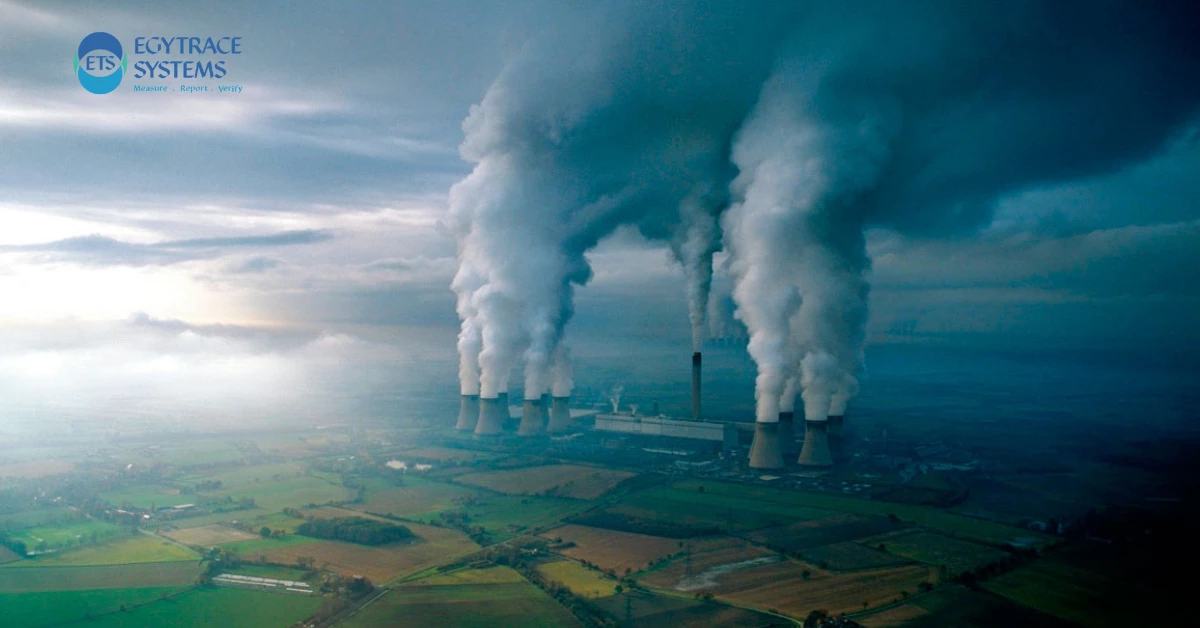Scope 4 Emissions Definition
As businesses strive for sustainability and compliance with global environmental regulations, the concept of Scope 4 Emissions is gaining traction. While traditional carbon accounting frameworks focus on direct and indirect emissions within a company’s value chain, Scope 4 emissions highlight the avoided emissions resulting from innovative products and services. This article delves into the Scope 4 emissions definition, provides Scope 4 emissions examples, and explores its relevance in the GHG Protocol.
What Are Scope 4 Emissions?
Scope 4 Emissions Definition
Scope 4 emissions refer to the avoided emissions that occur when a company’s product or service reduces greenhouse gas (GHG) emissions in comparison to conventional alternatives. Unlike Scope 1, 2, and 3 emissions, which measure direct and indirect emissions, Scope 4 considers the positive environmental impact of a company’s innovation.
For instance, an electric vehicle (EV) manufacturer may claim Scope 4 emissions by demonstrating that their EVs replace internal combustion engine vehicles, thereby reducing overall emissions.
Also Read: Scope 3 Emissions
Scope 4 Emissions vs. Traditional Emissions Scopes
To understand the role of Scope 4 emissions, it’s essential to distinguish them from other carbon accounting scopes:
- Scope 1 Emissions: Direct emissions from owned or controlled sources (e.g., company-owned factories or vehicles).
- Scope 2 Emissions: Indirect emissions from purchased electricity, heating, and cooling.
- Scope 3 Emissions: Indirect emissions across the value chain, including suppliers and customers.
- Scope 4 Emissions: Avoided emissions due to sustainable alternatives replacing high-emission processes.
Scope 4 Emissions Examples
Several industries are integrating Scope 4 emissions into their sustainability strategies. Here are some key Scope 4 emissions examples:
- Renewable Energy Solutions: Solar panel companies can claim Scope 4 emissions by displacing fossil fuel-based electricity.
- Energy-Efficient Appliances: Manufacturers of energy-efficient lighting or HVAC systems can demonstrate avoided emissions compared to traditional systems.
- Circular Economy Practices: Companies implementing recycling programs or reusable packaging contribute to Scope 4 emissions by reducing waste-related emissions.
- Digital Solutions for Sustainability: Platforms like EgyTrace, which enable automated carbon tracking and compliance, help companies reduce overall carbon footprints, thus contributing to Scope 4 emissions.
Scope 4 Emissions and the GHG Protocol
Scope 4 Emissions GHG Protocol
The GHG Protocol, a widely recognized framework for carbon accounting, primarily focuses on Scope 1, 2, and 3 emissions. However, discussions are ongoing about formally incorporating Scope 4 emissions into reporting mechanisms. Organizations tracking Scope 4 emissions often adhere to voluntary sustainability reporting frameworks such as:
- Science-Based Targets initiative (SBTi)
- Task Force on Climate-related Financial Disclosures (TCFD)
- ISO 14067: Carbon Footprint of Products
While Scope 4 emissions are not yet a mandatory reporting category, companies pioneering in sustainability are leveraging these metrics to showcase their contributions to global decarbonization efforts.
Why Scope 4 Emissions Matter for Businesses
As sustainability regulations tighten, businesses that integrate Scope 4 emissions into their reporting can benefit in several ways:
- Competitive Advantage: Showcasing avoided emissions can enhance brand reputation and attract eco-conscious customers.
- Regulatory Readiness: Early adoption of Scope 4 reporting prepares companies for potential future mandates.
- Investor Appeal: Investors are increasingly valuing companies that demonstrate proactive climate strategies.
- Operational Efficiency: Reducing emissions often correlates with cost savings and efficiency improvements.
Final Thoughts: The Future of Scope 4 Emissions
Scope 4 emissions represent a forward-thinking approach to sustainability. As businesses, policymakers, and sustainability leaders refine carbon accounting practices, integrating Scope 4 emissions will become increasingly important. Companies like EgyTrace, with their advanced digital solutions for carbon tracking and EU compliance, play a crucial role in supporting organizations to measure, report, and optimize their sustainability impact.
Understanding and embracing Scope 4 emissions is not just about compliance—it’s about leading the charge toward a lower-carbon future. By identifying and promoting avoided emissions, businesses can drive real change while staying ahead in the evolving sustainability landscape.

